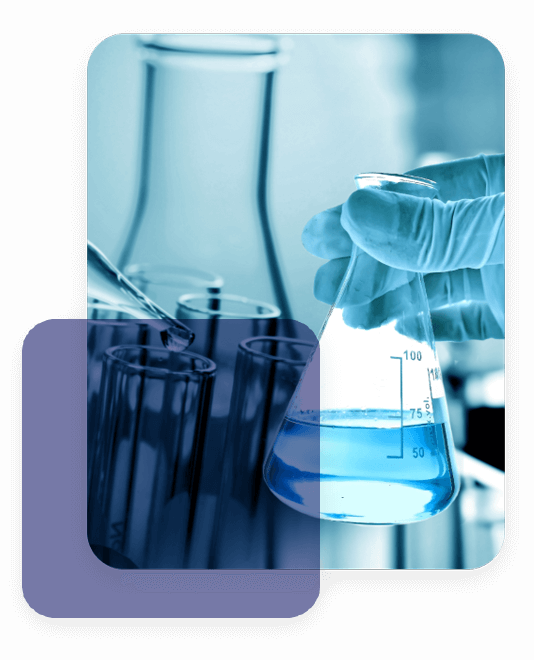My project consists in the characterization of the immune response produced by nanoparticle-based therapeutic vaccines generated by the partners of the consortium.
In order to evaluate the immune response, the selected vaccines will be inoculated into either C57B/L6 or Balb/C mice (or vehicle for controls), 3 times, separated by two week periods. Blood samples are taken before inoculation and two weeks after each vaccine inoculation. The potency of the elicited immune response will be calculated as antibody titers, and the type of immunoglobulin will be determined by ELISA. After the characterization of the immune response, samples of spleen, lymph nodes, and intestinal Peyer´s patches of immunized and control mice will be collected and fixed either as paraffin embedded or frozen.

Sections of the organs will be stained with specific antibodies to recognize the different cell types of the lymphatic system. Double fluorescence techniques will be used to identify the localization of the nanoparticles (NPs) in the context of the different cell lineages of the immune system.
In addition to ESR responsibilities for the consortium, the candidate is trying to develop an oral anti-cancer vaccine targeting angiogenesis. In order to target tumor-associated angiogenesis we have chosen the angiogenic factor pro-adrenomdullin N-terminal 20 peptide (PAMP), which exhibits a great angiogenesis potential, even at femtomolar concentration. An oral dose of attenuated Salmonella typhimurium carrying a PAMP–expressing plasmid would produce an anti-angiogenesis effect and in turn, result in anti-cancer effect. The antitumor effect will be tested by challenging the mice with syngeneic tumor cells either in a subcutaneous tumor or in a lung metastasis model. Attenuated S. typhimurium can bring some additional type-1 immune response even though it does not cause any infection, which includes an added T-cell response.
Finally, we will test whether covering S. typhimurium with gold nanoparticles would provide an enhancement of pro-inflammatory responses, especially from macrophages. This novel DNA vaccine could be used in combination with routine chemotherapies or immunotherapies, in order to prevent tumor escape from treatment.
Tom Kalathil Raju - Early Stage Researcher
Oncology Area, Center for Biomedical Research of La Rioja - Fundación Rioja Salud (Spain)



